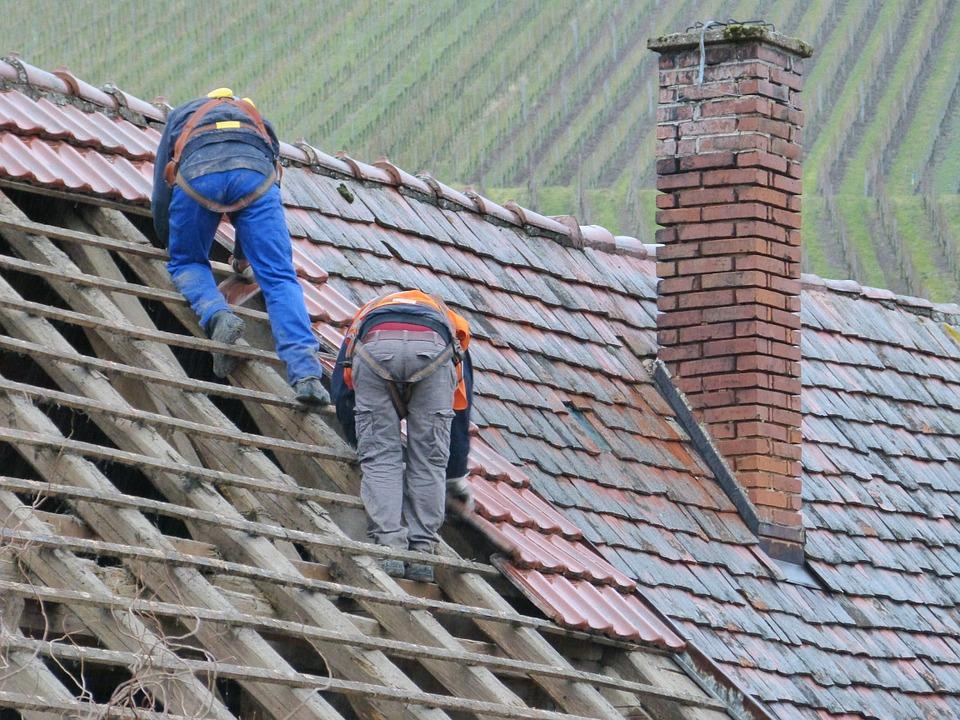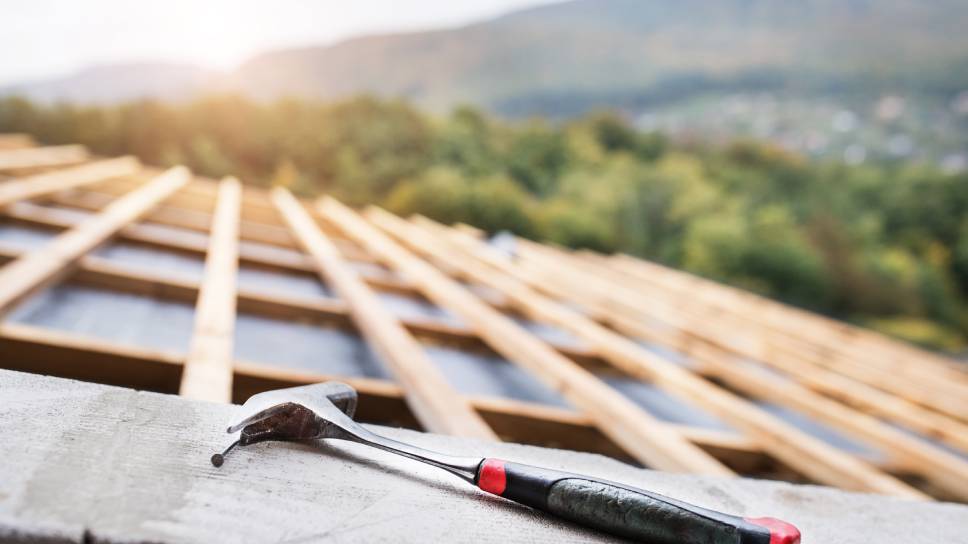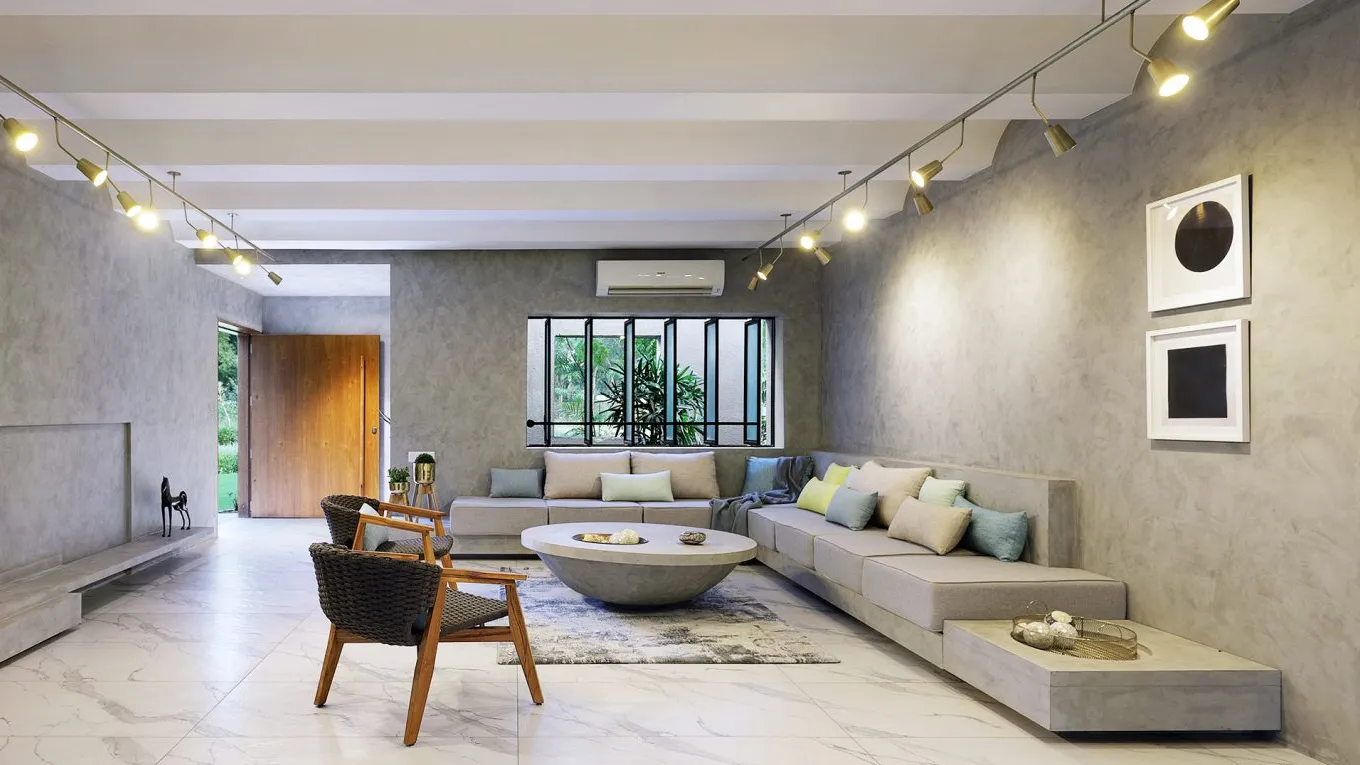Commercial roof truss design is a critical aspect of building construction, and even small errors in the design process can lead to significant problems down the line. Whether you’re a professional architect, builder, or a homeowner planning to embark on a construction project, understanding the common roof truss design mistakes to avoid is essential. In this blog post, we’ll explore the top five mistakes and how you can prevent them.
1. Neglecting Proper Load Calculations
One of the most crucial steps in roof truss design is calculating the loads that the truss will bear. This includes the weight of the roofing materials, snow loads, wind loads, and any additional weight from HVAC systems or other equipment. Neglecting accurate load calculations can result in trusses that are structurally insufficient and prone to failure. To avoid this mistake, always enlist the expertise of a structural engineer who can accurately assess the loads and design accordingly.
2. Inadequate Bracing and Support
Proper bracing and support are essential for the stability and longevity of roof trusses. Insufficient bracing can lead to lateral movement and a weakened structure, especially in areas prone to high winds or seismic activity. To avoid this mistake, ensure that your truss design includes appropriate bracing and support elements as per local building codes and engineering standards.

3. Incorrect Spacing and Sizing
Spacing and sizing of roof trusses play a significant role in the overall structural integrity of a building. Common mistakes include spacing trusses too far apart or too close together and using trusses that are undersized for the intended load. It’s crucial to adhere to the manufacturer’s specifications and engineering guidelines when determining the correct spacing and sizing for your project to prevent issues with sagging or overloading.
4. Ignoring Environmental Factors
Environmental factors such as moisture, temperature fluctuations, and the type of roofing materials used can impact the performance of roof trusses. Ignoring these factors can lead to rot, decay, and premature failure of the trusses. Make sure to consider the local climate and environmental conditions when designing your roof trusses. Proper ventilation and moisture management systems should also be incorporated to mitigate potential problems.
5. Failing to Communicate Effectively
Effective communication between all parties involved in a construction project is crucial to prevent design mistakes. Architects, engineers, builders, and truss manufacturers must work together seamlessly. Miscommunications or misunderstandings about design specifications, load requirements, or building codes can result in costly errors. Regular meetings and clear documentation can help avoid these issues.
In conclusion, roof truss design is a complex process that requires careful attention to detail and adherence to industry standards. By avoiding these common mistakes and seeking professional guidance when necessary, you can ensure that your roof truss design is structurally sound and capable of withstanding the test of time. Don’t compromise on safety and durability—invest the time and effort in getting your roof truss design right from the start.




